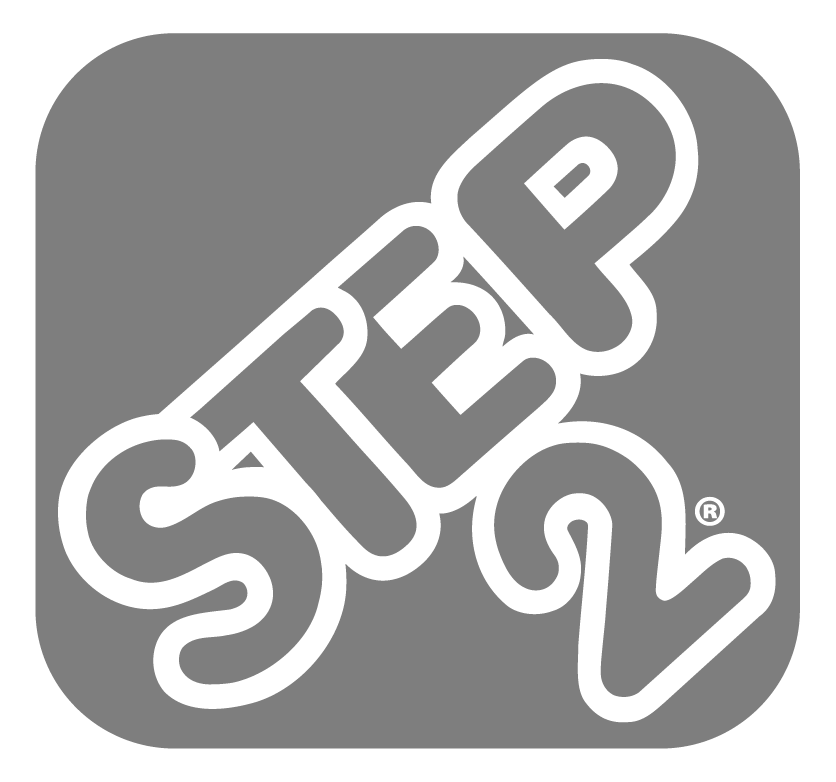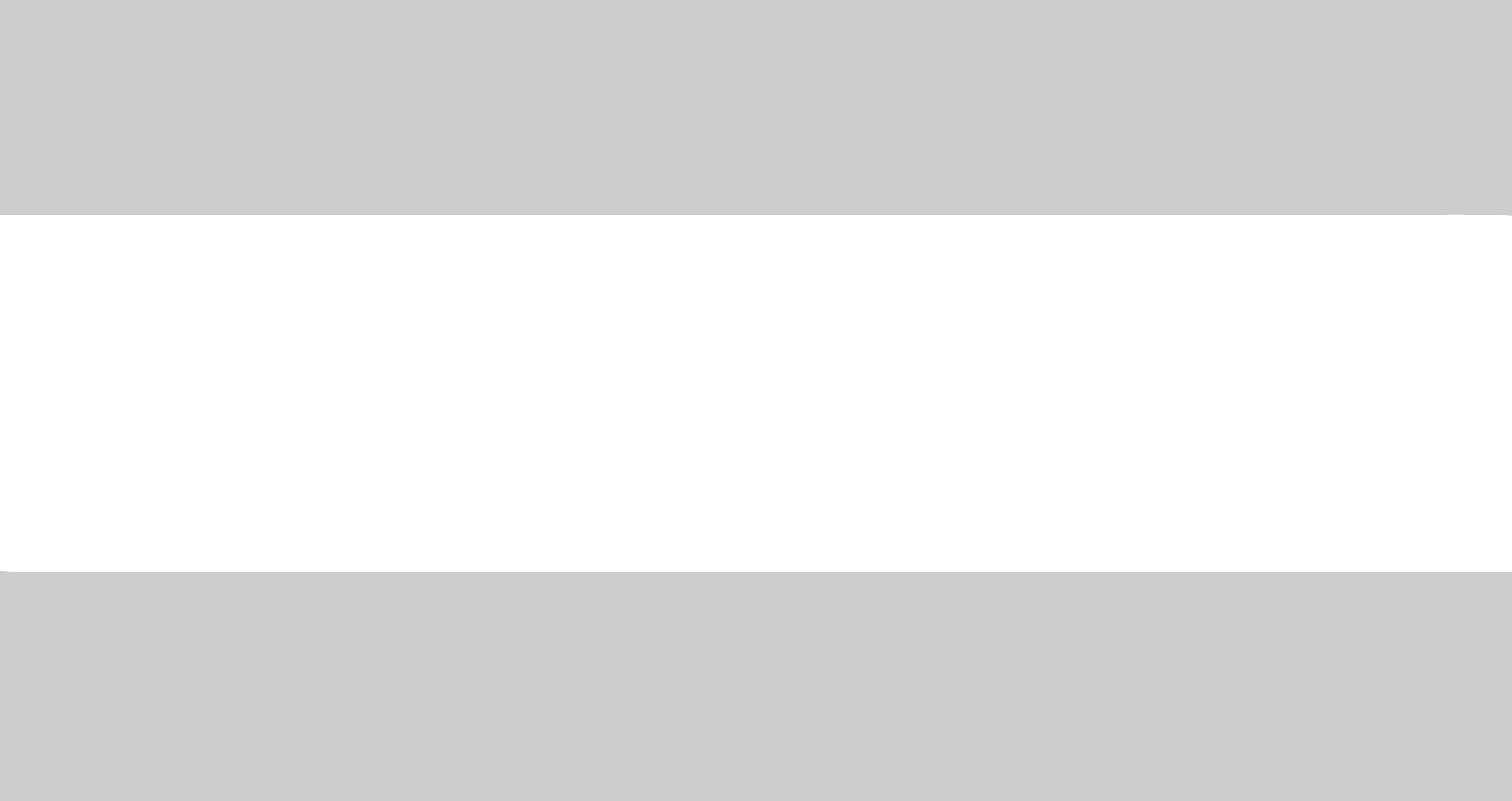Driving Successful Value Creation Through Carveouts
- Arun Lamba, Managing Director | Head of Performance Improvement
- Karl Roberts, Managing Director
- Piyush Lamoria, Senior Director
Importance of Carveouts in the Market Today
Heavy competition for healthy company deals and increasing challenges in managing “hairy” deal risk, are making it progressively harder to find value in the current deal environment. Despite these headwinds, Portage Point Partners believes there is strong potential to create value through well-executed carveouts – and the recent strong uptick in middle market carveout activity suggests that the market agrees.
Middle Market Carveout Deals Surge in Q1
Source – PitchBook Q1 2024 US PE Middle Market Report | Geography – US
The growing interest in carveouts is driven by three primary factors
| 1 | Private equity (PE) firms and corporates are increasingly shedding non-core assets to narrow strategic focus and reduce debt, resulting in a larger number of carveout assets available for purchase | 2 | Carveouts are often relatively cheaper with lower valuations that reflect the anticipated challenges and costs of managing the transaction complexity | 3 | PE firms are increasingly realizing that there is strong potential for value creation (VC) if the added complexity of carveout / integration risks can be effectively mitigated |
Four ways carveouts are different
Successful acquirers understand and address the four major differences prior to finalizing the deal
| Parent Company Entanglement & Complexity – Carveouts are often heavily entangled with the parent company and these entanglements too often are not well understood prior to closing the deal. Thorough operating model design is required early in the process to understand the level of entanglements and potential future state of operations | |
| Need for TSAs – Entanglements drive a need for Transition Services Agreements (TSAs) that clearly define the responsibilities of sellers and buyers to effectively manage the carveout through the transition. These responsibilities should be identified and negotiated prior to close to maintain buyer leverage, then tightly managed for quality and cost, especially beyond the initial quarter following close. The quality of transition services provided often wanes over time, underscoring the need for concrete plans to effectively stand-up the independent, new company (Newco). | |
| Standalone Costs – TSAs are intended to bridge the gap until the buyer can stand up new capabilities to enable full independence from the seller post TSA expiration. Early in the deal process, prospective buyers need to estimate the cost of standing up these capabilities, which can come in the form of people, new systems and services and “dis-synergies” from loss of scale, as they will likely impact valuation | |
| Customer Entanglements & Complexity – Beyond costs and parent company complexities, carveouts often involve entangled customer relationships, at least at the margin. These entanglements are often not well understood due to pre-close commercial data access limitations. For example, bundled product offerings and service contracts today may need to be split apart following the close, causing a loss of strategic bundling for affected customers. Acquirers, however, tend to be overly focused on managing the immediate internal challenges post-close and, as a result, are not aware of, or overlook, negative customer impacts |
Common Complications in CarveoutsCarefully managed carveouts can be an effective way to create value, however when carveouts fall short of their objectives it is generally due to one or more common complications. Overly optimistic assumptions / unrealistic expectations – Acquirers frequently fail to consider all the potential impacts of a carveout due to insufficient diligence and / or misjudge the time it takes for a carveout to operate fully independently. This results in… Unanticipated negative synergies and other cost challenges – Carveouts can suffer a loss of (for example) key resources and systems, parent company purchasing power and employee benefits, often requiring incremental “stand up” costs as well as “dis-synergies” that impact post-close cash needs as well as ongoing profitability Employee turnover increases – Voluntary turnover post-close is often higher than anticipated due to greater uncertainty and employee concerns that either go unrecognized or are neglected until too late in the process. Further, employees are often tasked with carve-out administration (i.e., additional work) without additional incentives Market resistance – Carveouts can create unexpected market reactions to changes in the commercial value proposition, potentially leading to market share losses that are hard to recover. For example, the transaction may trigger certain customer purchasing restrictions based on corporate policy (e.g., minority owned businesses, domestic supply). Further, the change may open an opportunity for customer to rebid supply Deal perimeter may be unclear – Lack of clearly defined deal perimeter (what is included and excluded) can lead to business disruption on day-one and significant cost to stand up missing components (e.g., technology, data) |
Portage Point Recommends Five Steps to Drive Successful Value Creation in Carveouts
- Clearly lay out the investment thesis and related risks
- Identify the main value creation drivers that underpin the investment
- Estimate likely one-time and ongoing standalone costs
- Identify all major risks to be mitigated, both internal and external
- Develop day-one and “north star” end-state operating models and related TSA considerations
- Set near, mid and long-term carveout objectives
- Define post-close and end-state operating models
- Define a high-level transition roadmap from the post-close to the desired end-state
- Develop all TSA requirements and related costs in detail
- Develop thorough grasp of all aspects of the carveout
- Conduct rigorous financial, operational and commercial due diligence
- Evaluate pro-forma standalone financials and clearly identify key assumptions
- Assess entanglements and identify needed transitional services
- Identify and plan for functional stand-up requirements post TSA exit
- Address typical issues, including employee matters, intellectual property licenses, cross-border considerations, governing regulations and legal requirements
- Execute 90-day pre-close action plan and lay the groundwork for implementation
- T-90 days – Identify functions and target leads, develop function charters
- T-60 days – Develop work statements for each transitional service, including metrics and escalation processes
- T-30 days – Estimate costs for each service and negotiate TSAs
- Execute 100-day post-close action plan and drive value capture
- Day one – Stand up an implementation management office (IMO) to ensure transparency, visibility and accountability of progress against plan
- Ongoing – Aggressively drive value creation agenda and value capture with focus on generating early results to create momentum and energy
- Monitor progress and rapidly escalate problem areas for resolution
- Accelerate exits from TSAs to maintain service quality and reduce costs
Portage Point understands the potential for value creation in carveout acquisitions. Managing the inherent risks requires a comprehensive, nuanced approach from rigorous planning through tireless execution. Our lean teams navigate between strategy and execution, and seamlessly work across functions to drive successful operational and financial outcomes.
Portage Point is a trusted partner to PE firms, following a proven, collaborative and pragmatic approach led by experienced operators and owners. To learn more about how Portage Point can provide critical support to middle market investors, owners and operators, please connect with a team member below.





















































































